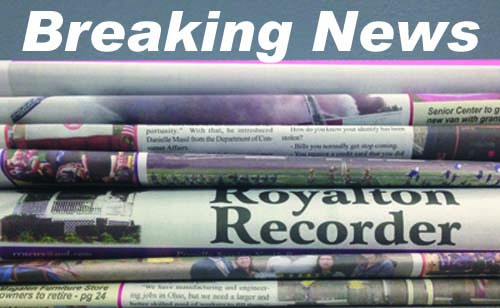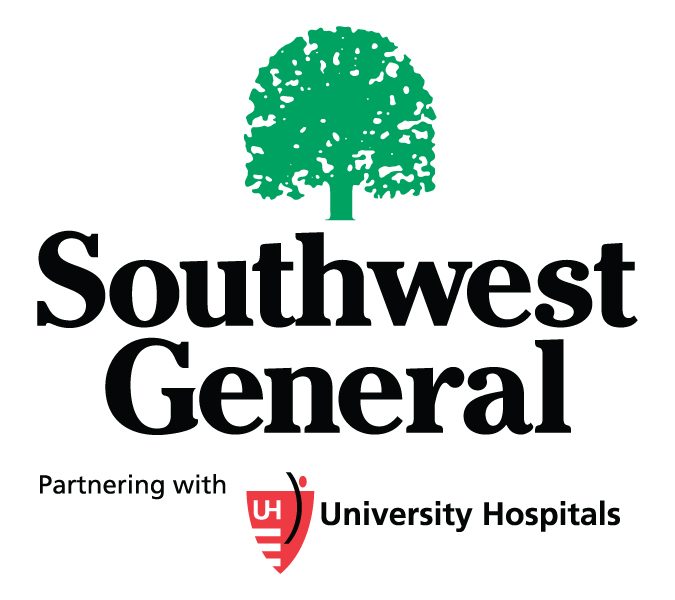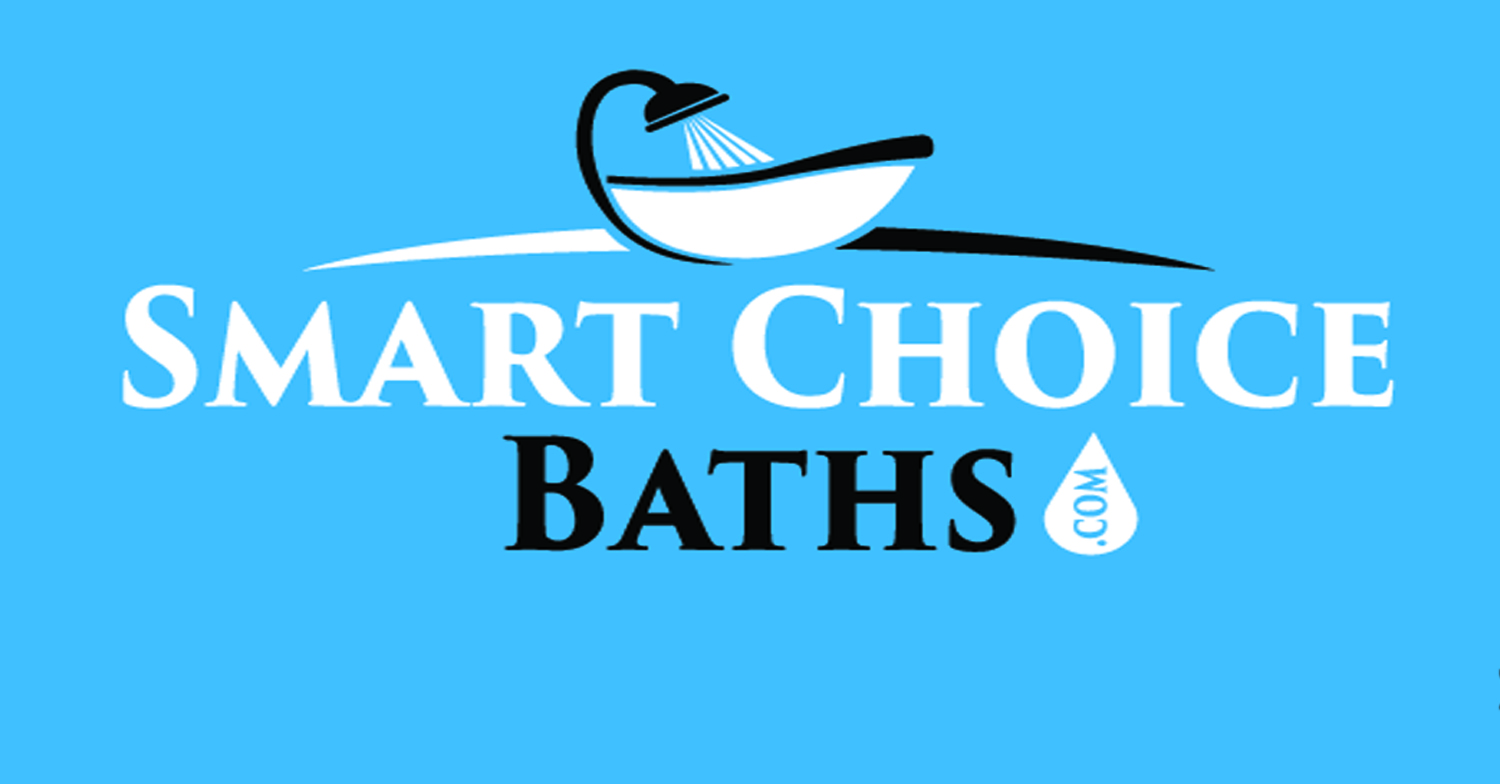North Royalton officials recently received word from Moody’s Investor Services that their bond rating has been maintained at the Aa2 rating of 2014.
The overall summary of the February 13, 2017 report states that “North Royalton has a very high quality credit position, and its Aa2 rating is slightly above the median rating of Aa3 for cities nationwide. The notable credit factors include a strong socioeconomic profile with a solid tax base, and a healthy financial position. It also incorporates an elevated pension liability with a small debt burden.”
“Moody’s Investor Services provides ratings to investors (buyers) on the Bonds that various entities sell to help pay for long-term projects,” said Eric Dean, North Royalton Finance Director. “These ratings are based on the seller’s ability to repay the bonds issued. The higher the risk that the seller will not be able to pay back these bonds, the lower the rating from Moody’s. Entities that have lower ratings have to pay more interest to the buyers for their Bonds to be sold (due to higher risk that bonds will not be repaid). It is very rare that cities default on their bond payments (usually only when they declare bankruptcy).”
The last time the city received a rating was in February, 2014, where it had been upgraded to Aa2 from Aa2 with a negative outlook. That came in the December 07, 2011 report, when Moody’s Investors Service affirmed the Aa2 rating on the city’s $9.5 million of outstanding general obligation bonds. It was at that time they assigned a negative outlook. They stated at that time that “the negative outlook incorporates our expectation that the city’s financial operations may experience further pressures in the near term given recent draws on reserves and expected minimal restoration of reserve levels in fiscal 2011. Given the city’s substantial reliance on economically-sensitive income tax receipts, current reserve levels provide limited cushion in the case of unexpected budgetary variances.” In order to make a higher rating, the city would have to have a “continued surplus operations resulting in growth in reserves to levels sufficient to offset reliance on economically-sensitive income tax receipts and an ongoing improvement in year-over-year income tax collections.”
Moody’s Investors Service provides ratings and analysis in more than 115 countries, 10,000 corporations and 22,000 public finance issuers. Their primary focus is determining the predictability and measurement of how the issuer can generate cash in the future. They focus on fundamental factors in long-term and short-term risk by not only analyzing the strengths and weaknesses of the issuer, but also how they compare to their peers, as well as external factors. According to Moody’s officials, “the foundation of Moody’s methodology rests on two basic questions: 1. What is the risk to the debt holder of not receiving timely payment of principal and interest on this specific debt security? 2. How does the level of risk compare with that of all other debt securities?”
The following are the rating symbols and what they mean:
Aaa: Obligations rated Aaa are judged to be of the highest quality, subject to the lowest level of credit risk.
Aa: Obligations rated Aa are judged to be of high quality and are subject to very low credit risk.
A: Obligations rated A are judged to be upper-medium grade and are subject to low credit risk.
Baa: Obligations rated Baa are judged to be medium-grade and subject to moderate credit risk and as such may possess certain speculative characteristics.
Ba: Obligations rated Ba are judged to be speculative and are subject to substantial credit risk.
B: Obligations rated B are considered speculative and are subject to high credit risk.
Caa: Obligations rated Caa are judged to be speculative of poor standing and are subject to very high credit risk.
Ca: Obligations rated Ca are highly speculative and are likely in, or very near, default, with some prospect of recovery of principal and interest.
C: Obligations rated C are the lowest rated and are typically in default, with little prospect for recovery of principal or interest.
In the Debt and Pensions section of the report, Moody’s states that “the city has an elevated pension liability with a small debt burden relative to the assigned rating of Aa2. The net direct debt to full value (1.1%) is slightly under the US median. Moreover, the Moody’s-adjusted net pension liability to operating revenues (3.7x) is significantly above the US median and rose between 2012 and 2015.” It does note, though, that regarding Ohio sector trends, “Ohio cities remain exposed to high defined benefit pension liabilities of multiple cost-sharing retirement plans, despite recently legislated pension benefit reform. The relatively weak status of the pension plans raises the risk that the costs to local government employers could grow and pressure operating budgets.”
North Royalton employees pay into one of the five Ohio statewide pension plans. Dean said that Moody’s recently added this new liability called unfunded pension. “They are saying that if they (pension funds) receive no money in the future, how much money do they have to pay current benefits. They (the Ohio pension plans) are pretty close, maybe about thirty years worth of available payout for retirees.” He noted that the consensus looks to that thirty-year mark as acceptable.
Mayor Bob Stefanik is pleased with the rating. “We stayed where we were when a lot of cities’ ratings have gone down.” He said that the city’s fiscal conservatism is part of the reason they have held steady. Overall, Dean is satisfied with the rating.
By GLORIA PLEVA KACIK
Contributing Writer














